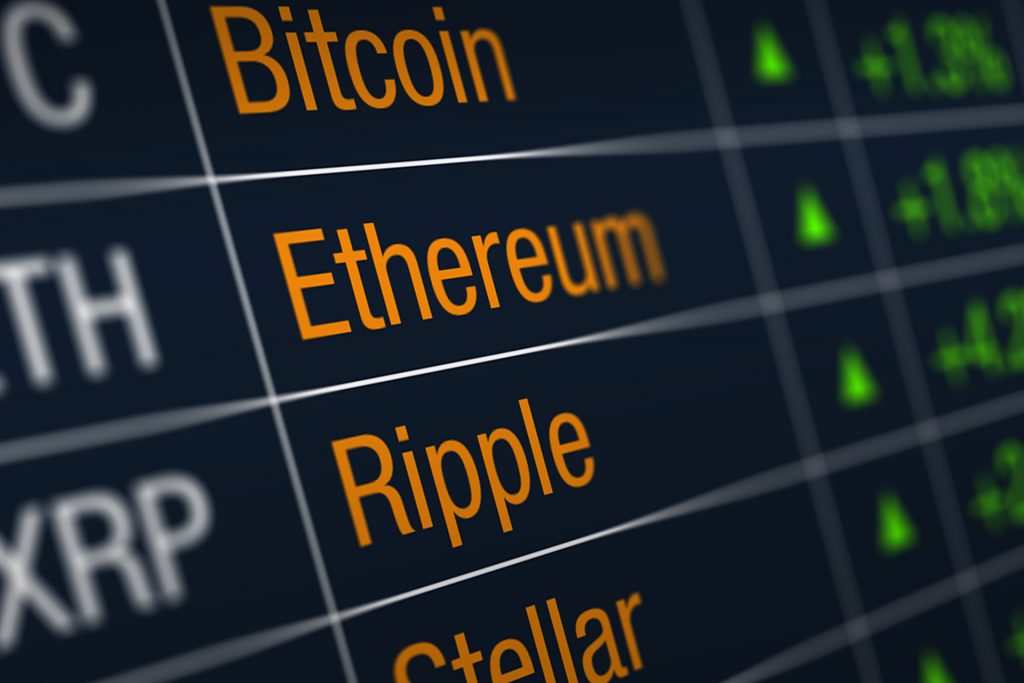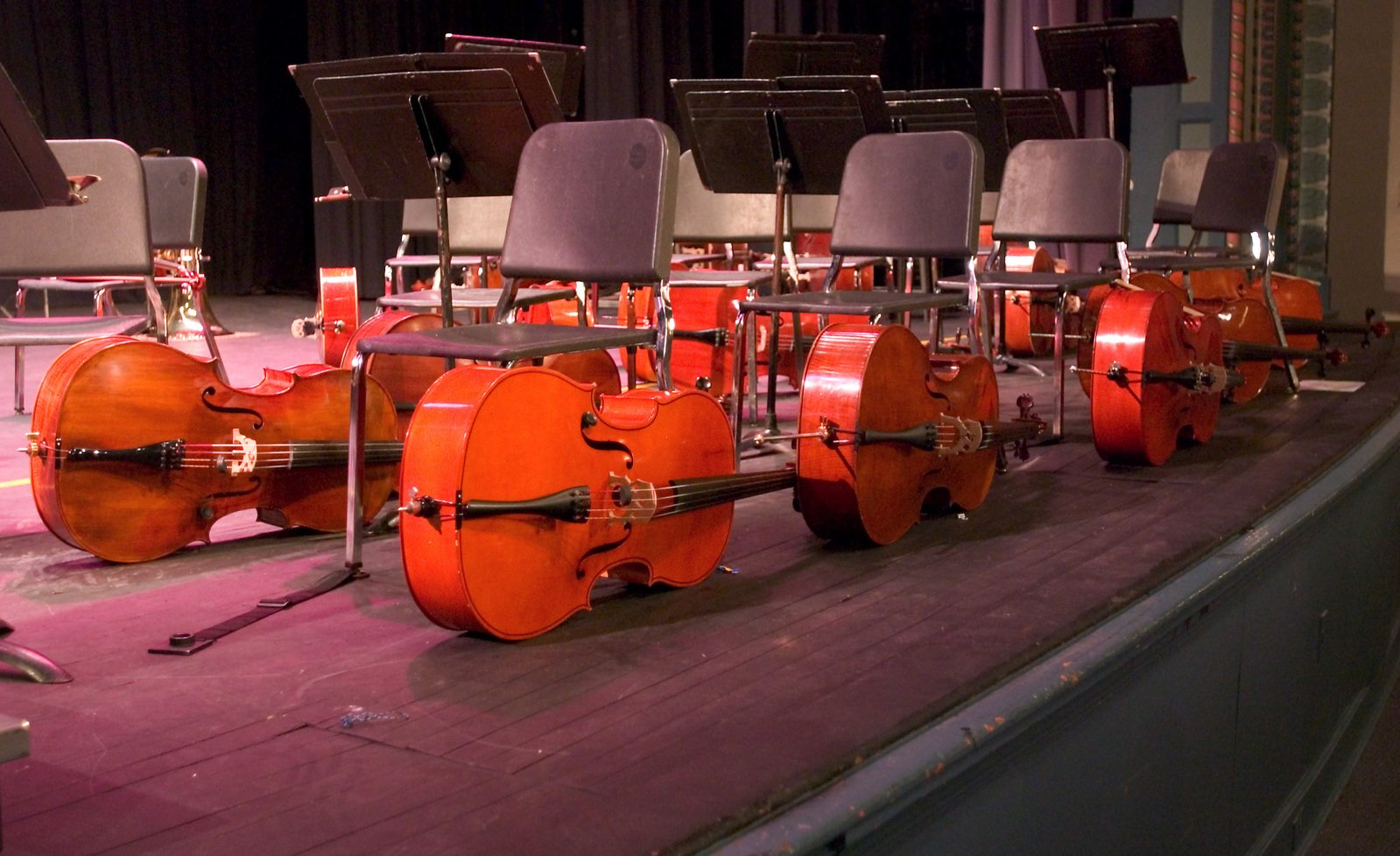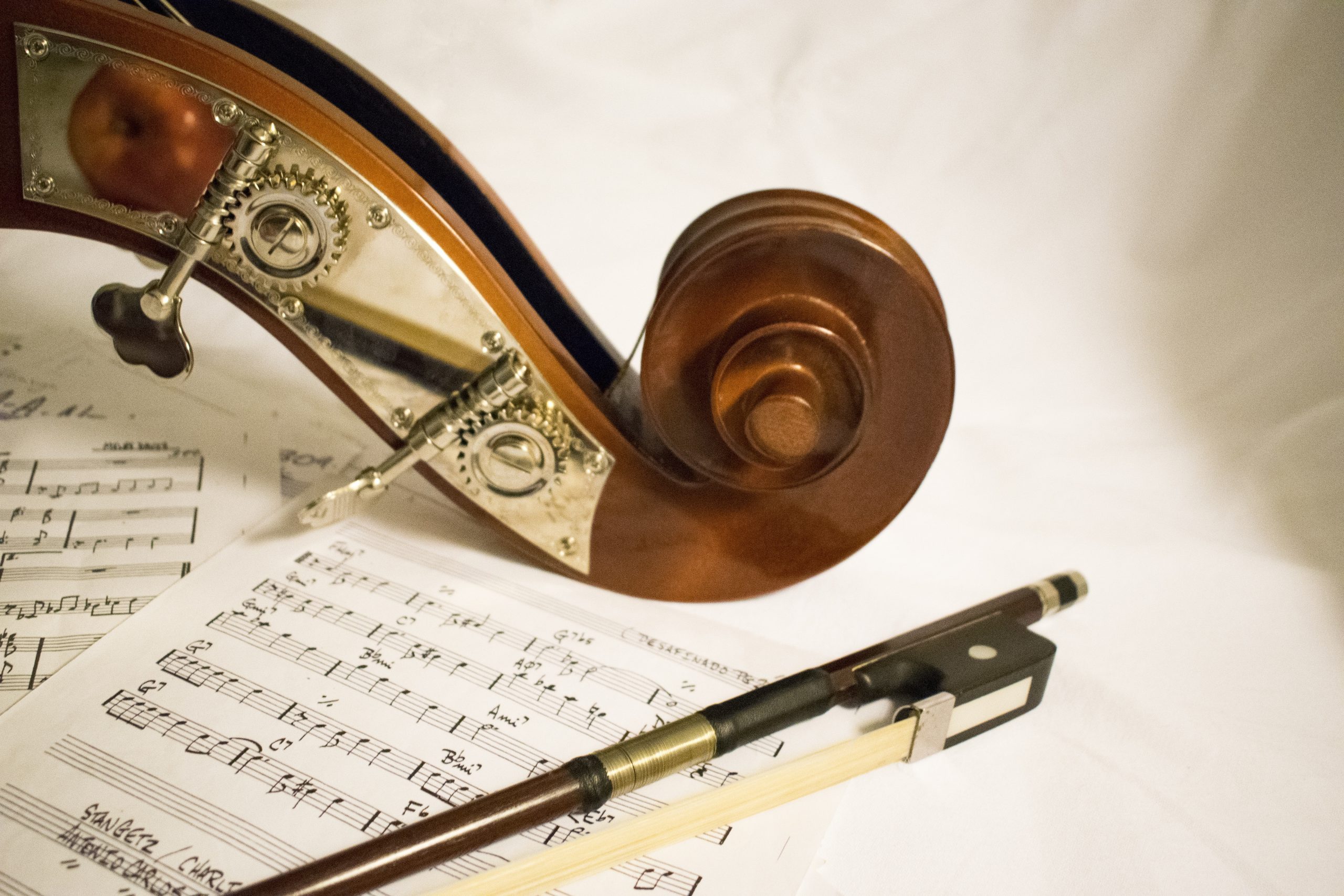NFT Contemporary Music Collection
We are launching a sonic experience for crypto lovers and professional traders. For the first time, you will be able to listen to the movement of the candles.
World’s first sonification of the crypto space
We propose you a sensorial game/experiment
Can you follow descending and ascending patterns only by listening to them?
Close your eyes… sit back, relax and let yourself be carried through the world of sounds


Have fun trading with your eyes closed!
What is contemporary music exactly?
The term “contemporary music” can be defined differently according to different people. We could define it as music that is currently being written, recorded, and performed today. ITs genres would include (but would not be limited to) electronic, experimental, folk, punk, hip-hop, jazz, metal, pop, rock, and world.
Contemporary classical music
For those who are not acquainted with this kind of music, it is classical music composed close to the present day and after World War II. It generally includes post-tonal music (meaning music that lies outside of the tonal system that was in place for the Baroque, Classical and Romantic periods) that was composed after 1945.
Lines separating genres became blurred as composers took on various influences from outside of the classical music world. Contemporary classical music (sometimes simply called contemporary music) encompasses a broad range of sounds, compositional scenes, and styles. Some of these, include the worlds of serialism, minimalism, experimentalism, and spectral music.
It is about pushing the boundaries of what we consider music by exploring new combinations of sounds.
Computer music and spectralism
As music technology develops, composers use computers as part of their working process.
This includes having a computer algorithm generate an element of composition, use of synthesized sounds, or using a program to digitally manipulate acoustic sound waves.
Much of this work is based on the relationship between music and mathematics.

How did we do it?
Artificial Intelligence and Music
Our experienced computer scientists with certified knowledge of Artificial Intelligence and Machine learning technologies have developed an algorithm that scans and continuously learns about each coin movement, producing the translation into a sound file. Then, our scientific music experts, accredited with the doctoral degree in Musical Arts, supervise and construct that the data created by the machine.
This enables the exact translation (sonification) of every coin into a unique music score.

What coins
have been/will be released?
| Coin Name | Trade year | Date released | #NFT Link |
| DOGECOIN (DOGE) | 2020 | 2021-11-17 | OpenSea |
| BITCOIN CASH (BCH) | 2020 | 2021-11-18 | OpenSea |
| CARDANO (ADA) | 2020 | 2021-11-19 | OpenSea |
| BINANCE COIN (BNB) | 2020 | 2021-11-20 | OpenSea |
| ETHEREUM (ETH) | 2020 | 2021-11-21 | OpenSea |
| … | |||
Donations
We would like to continue working on research and expand our team and resources (equipment, time, expertise…) to provide a better product in the future. For that, we cannot afford more than what we currently have, so any donations will be reinvested into our Project.

Other works
We created our first Passacaglia (like a small piece with choirs and strings orchestra) with an internet theme for those Internet content creators. The piece is called “Lorem Ipsum Passacaglia” and it is also for you to hear/watch (on youtube) or trade as an NFT.
More information here:
We also created a series of Crypto Symphonies, using real instruments and composing the scores based on the trading charts.
More information here:
